Results
-
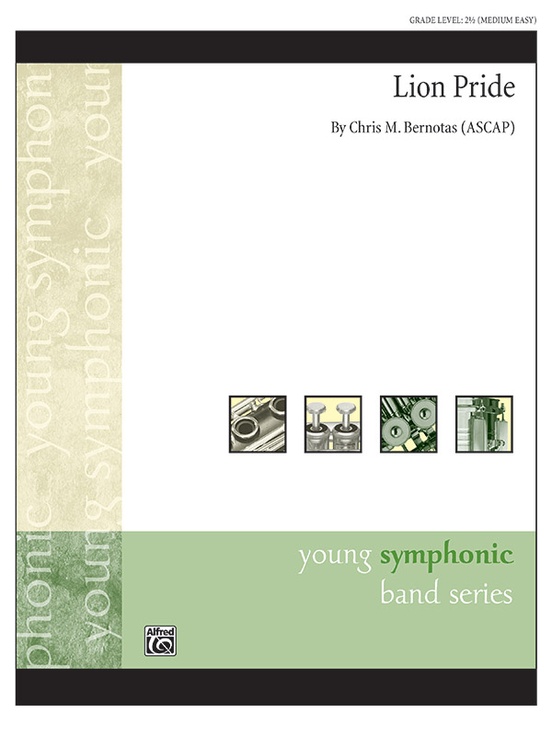 £62.95
£62.95Lion Pride (Concert Band - Score and Parts) - Bernotas, Chris M.
Lion Pride is an imaginative overture by Chris M. Bernotas and is full of majesty and pride. Beginning with a strong and dramatic statement that gives way to a bright melody, the pride of the lion shines through. A stately section represents the power of the mighty lion before returning with the spirited and exciting theme, then coming to a rhythmic and energetic conclusion. Duration: 3.30
Estimated dispatch 7-14 working days
-
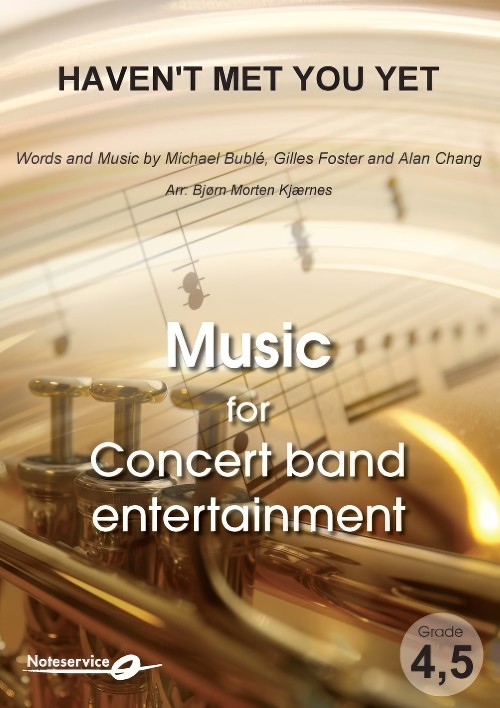 £110.00
£110.00Haven't Met You Yet (Optional Vocal Solo with Concert Band - Score and Parts) - Kjaernes, Bjorn Morten
Haven't Met You Yet is the first single from Canadian singer Michael Buble's sixth album, Crazy Love, released on August 31, 2009. According to Buble, the single and its official music video are about everyone's dream of finding a relationship and love. Buble co-wrote Haven't Met You Yet with Alan Chang and Amy Foster-Gillies, and dedicated it to his then fiancee and now wife, Luisana Lopilato (who appears as his love interest in the music video).In 2012, Nick Jonas covered the song in the TV series Smash, so this music can also be used in a TV/Movie theme concert.
Estimated dispatch 7-14 working days
-
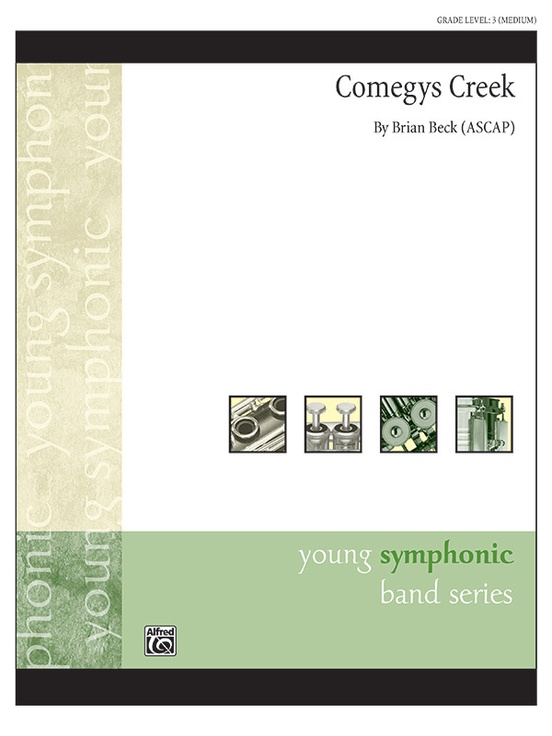 £66.95
£66.95Comegys Creek (Concert Band - Score and Parts) - Beck, Brian
Kick off your shoes, jump in, and ride down Comegys Creek. This North Texas creek is named after Dr. C. G. Comegys, a prominent family who lived in Mckinney, TX in the early 1900s. Composer and fellow Texan, Brian Beck captures the southern rowdiness of frolicking in the water with friends and family. Comegys Creek is a fun piece that will expand your student's harmonic vocabulary and is perfect for introducing and reinforcing accidentals that create interesting harmonies, all within a comfortable range. It also explores the many permutations of the 8th and 16th note combinations, as well as introduces and reinforces 7/8 time signature. Groups performing this piece will become "multi-meter masters" in no time! Duration: 2.30
Estimated dispatch 7-14 working days
-
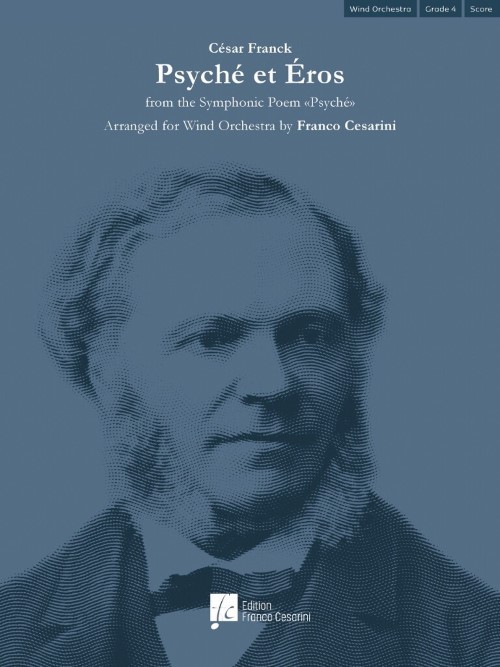 £139.00
£139.00Psyche et Eros (Concert Band - Score and Parts) - Franck, Cesar - Cesarini, Franco
Cesar Franck, composer, pianist, organist and music teacher, completed Cupid and Psyche, his sixth and last symphonic poem in 1887. It was first performed in Paris in 1888 and was a complete success, but the piece later fell completely into oblivion, and it was only thanks to some meticulous research that it has returned to concert halls. The intricate love affair between Psyche and Cupid is an original story of the Metamorphoses, written in the 2nd century AD by Apuleius. The tale is about overcoming obstacles in love and their final union. The symphonic poem is divided into three parts and calls for a choir. The movement that is the subject of this arrangement, Psyche et Eros, is positioned at the end of the second part. Franco Cesarini's version for wind orchestra carefully illustrates the nuances of the instrumental colours, and represents a real test aimed at demonstrating the musicality and interpretative skills of orchestras and their conductors. Duration: 10.30
Estimated dispatch 7-14 working days
-
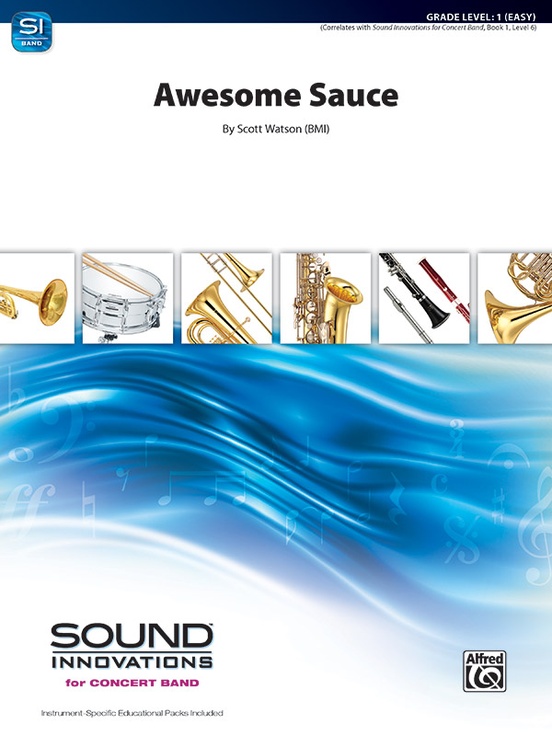 £53.95
£53.95Awesome Sauce (Concert Band - Score and Parts) - Watson, Scott
You're cool, likeable, and confident. You don't walk, you strut. When you enter a party, a hush falls over the room and heads turn because you have a certain "je ne sais quoi!" People say you're "the bee's knees" and "the cat's meow." You're Awesome Sauce and this piece is the soundtrack of your life! With its fun, blues-like melody and cool rock beat, Awesome Sauce by Scott Watson is sure to be a player favorite. The limited chromaticism, accessible jazz-esque rhythms, and style-important articulations offer excellent teaching moments for the director. Duration: 3.00
Estimated dispatch 7-14 working days
-
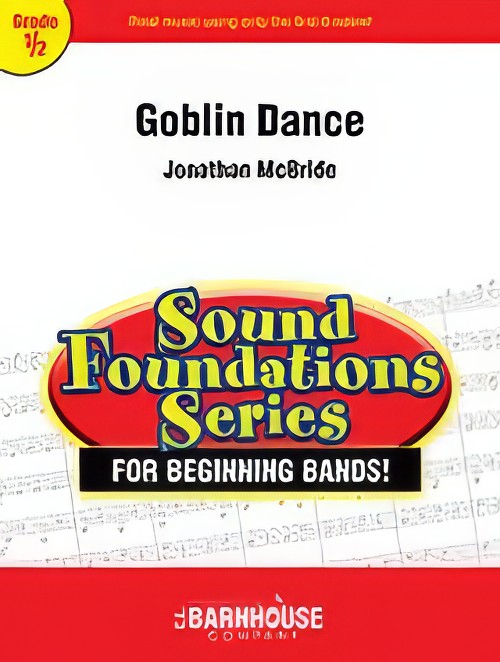 £50.00
£50.00Goblin Dance (Concert Band - Score and Parts) - McBride, Jonathan
Goblin Dance for beginning band uses only the first six notes learned in band instruction, and is an ideal bridge from method book exercises to concert music! Unison themes are introduced so each member of the band gets to play the melody, before dividing into melody and harmony provided by the low brass and woodwinds. A second theme is introduced in unison, followed by the Goblin Dance finale when all three parts: melody, harmony, and second theme join together for an exciting and mature-sounding finish. You and your bands will enjoy working on this catchy and rhythmic beginning band piece that your audiences will love. Spooky fun! Duration: 1.30
Estimated dispatch 7-14 working days
-
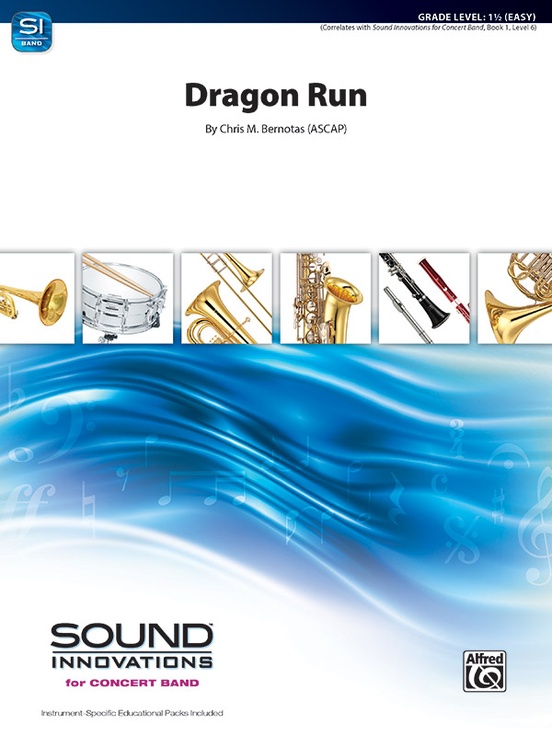 £53.95
£53.95Dragon Run (Concert Band - Score and Parts) - Bernotas, Chris M.
The Dragon Run is a 40 mile winding stream that flows throughout Virginia and empties into the Piankatank River. It is also known as the Dragon Swamp and even just The Dragon. This immense ecosystem is known for its rich wildlife and preserved beauty. Dragon Run by Chris M. Bernotas features strong rhythms, intentional dissonance, contrasting dynamics, and wonderful musical opportunities for all. It echoes the excitement of exploring the views and experiencing the sometimes intense wildlife visitors encountered when journeying along the river and surrounding swamps. Duration: 2.30
Estimated dispatch 7-14 working days
-
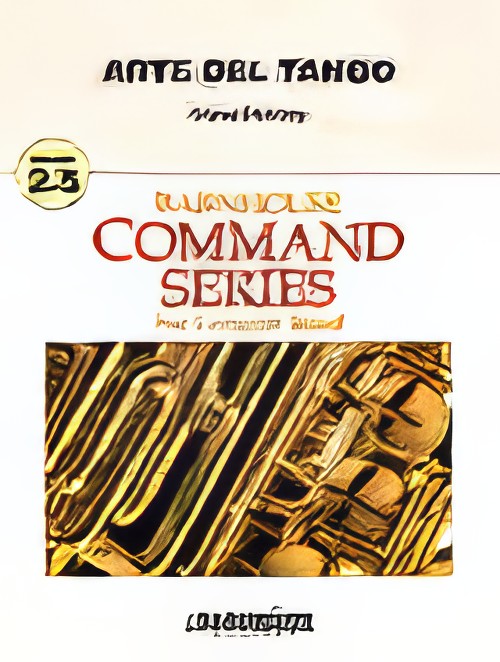 £65.00
£65.00Arte Del Tango (Concert Band - Score and Parts) - Shanley, Steve
Written in the tango nuevo style, a genre that infuses elements of jazz and classical music into the traditional Argentinian tango, Arte Del Tango is a combination of a traditional tango accompaniment, haunting melodies, and jazz-inspired harmonies. Both musicians and audience will get to experience the power and passion of one of South America's most popular dance and musical styles! Duration: 3.00
Estimated dispatch 7-14 working days
-
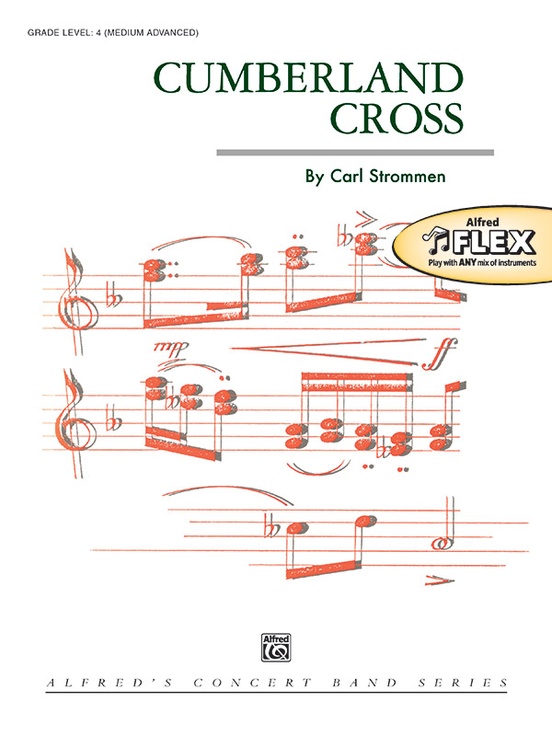 £73.50
£73.50Cumberland Cross (Flexible Ensemble - Score and Parts) - Strommen, Carl
This version of Cumberland Cross by Carl Strommen is part of our Alfred FLEX offerings and is designed with maximum flexibility for use by any mix of instruments---wind, strings, and percussion, including like- or mixed-ensembles with as few as 5 players. The suggested instrumentation and a customizable Teacher Map will help you plan out how to best assign parts to suit your ensemble's needs. It also comes with supplemental parts for maximum flexibility. With the purchase of this piece, permission is granted to photocopy the parts as needed for your ensemble. A percussion accompaniment track is also available as a free download. String parts have been carefully edited with extra fingerings and appropriate bowings to support students in mixed ensembles playing in less familiar keys. Your band will sound great with Carl Strommen's classic original piece. Cumberland Cross explores the rich American folk style in two sections. The first has broad, moving harmonies under a Shenandoah-like melody, and the second a lively dance reminiscent of Copland. It is not too difficult, yet very impressive! Duration: 3.30
Estimated dispatch 7-14 working days
-
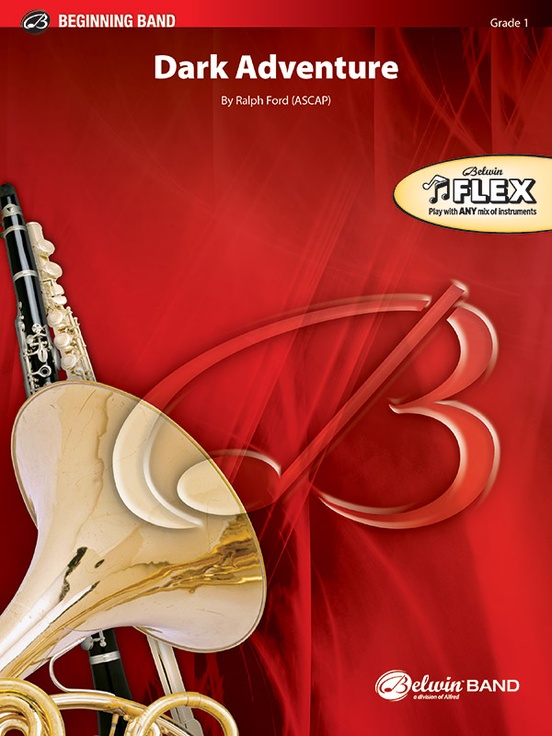 £58.50
£58.50Dark Adventure (Flexible Ensemble - Score and Parts) - Ford, Ralph
This version of Dark Adventure by Ralph Ford is part of our Belwin FLEX offerings and is designed with maximum flexibility for use by any mix of instruments---wind, strings, and percussion, including like- or mixed-ensembles with as few as 5 players. The suggested instrumentation and a customizable Teacher Map will help you plan out how to best assign parts to suit your ensemble's needs. The 5-part instrumentation will support balanced instrumentation of the lower voices. It also comes with supplemental parts for maximum flexibility. With the purchase of this piece, permission is granted to photocopy the parts as needed for your ensemble. A percussion accompaniment track is also available as a free download. String parts have been carefully edited with extra fingerings and appropriate bowings to support students in mixed ensembles playing in less familiar keys. A musical adventure through mysticism and magic. This unique setting offers a wide variety of dynamics, textures, and styles while remaining playable. The momentum is quickly established, and your students are part of the journey. This is a super piece that will capture the imagination of students and listeners alike. Duration: 3.30
Estimated dispatch 7-14 working days
